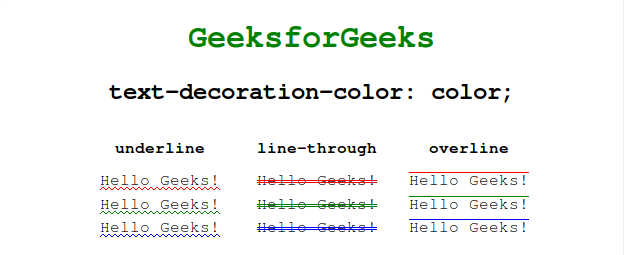- Chapter 5: “Images”
- Chapter 11: “Color”
- Chapter 12: “Text”
------------------------------## Chapter 5: “Images” (pp.94-125)
There are many reasons why you might want to add an image to a web page: you might want to include a logo, photograph, illustration, diagram, or chart.
Choosing Images for Your Site
A picture can say a thousand words, and great images help make the difference between an average-looking site and a really engaging one.
Images should...Be relevant
- Convey information
- Convey the right mood
- Be instantly recognisable
- Fit the color palette
Stock photos
Online extra
- by capying image address
Storing Images on Your Site
f you are building a site from scratch, it is good practice to create a folder for all of the images the site uses.
Adding Images
To add an image into the page
you need to use an <img>
element. This is an empty
element (which means there is
no closing tag). and insaide this tage it should have src="path of image", and title.
we can add css tyle to image by using defirant attrebute like width, height and postion.
HTML5: Figure and Figure Caption
mages often come with
captions. HTML5 has introduced
a new <figure> element to
contain images and their caption
so that the two are associated.
You can have more than one
image inside the <figure>
element as long as they all share
the same caption
The <figcaption></figcaption> element has been added to HTML5 in order to allow web page authors to add a caption to an image.
Colors are specified using predefined color names, or RGB, HEX, HSL, RGBA, HSLA values.
CSS Color Names
In CSS, a color can be specified by using a predefined color name:
CSS RGB Colors
In CSS, a color can be specified as an RGB value, using this formula:
rgb(red, green, blue)
Each parameter (red, green, and blue) defines the intensity of the color between 0 and 255.
example: rgb(255, 99, 71)
CSS HEX Colors
A hexadecimal color is specified with: #RRGGBB, where the RR (red), GG (green) and BB (blue) hexadecimal integers specify the components of the color.
example: #ff6347
CSS HSL Colors
In CSS, a color can be specified using hue, saturation, and lightness (HSL) in the form:
hsl(hue, saturation, lightness).
example: hsl(0, 100%, 50%).
CSS has a lot of properties for formatting text.
Text Color
The color property is used to set the color of the text.
Text Alignment The text-align property is used to set the horizontal alignment of a text.
A text can be left or right aligned, centered, or justified.
Text Decoration
this image showing 3 proparites give to text.
Text Transformation
The text-transform property is used to specify uppercase and lowercase letters in a text.
p.uppercase { text-transform: uppercase; }
p.lowercase { text-transform: lowercase; }
p.capitalize { text-transform: capitalize; }
Text Indentation The text-indent property is used to specify the indentation of the first line of a text:
Letter Spacing The letter-spacing property is used to specify the space between the characters in a text.
Text Shadow The text-shadow property adds shadow to text.
JPEG images don’t support transparency and are hence not usable for such cases.
PNG images support transparency in two ways — inserting an alpha channel that allows partial transparency or by declaring a single colour as transparent (index transparency). Partial transparency makes the edges blend smoothly into the background. PNG8 images (discussed in the “Colours” section below) can support only index transparency whereas PNG24 images can support alpha channel transparency.
GIF images support transparency by declaring a single colour in the colour palette as transparent (index transparency). Because of absence of partial transparency, the edges (specially rounded or too-detailed edges) get a poor jagged effect. Though this can be solved to some extent using dithering, with improved PNG support, GIF is unsuitable for images with transparent backgrounds.
this informatin from Blog | ImageKit.io



